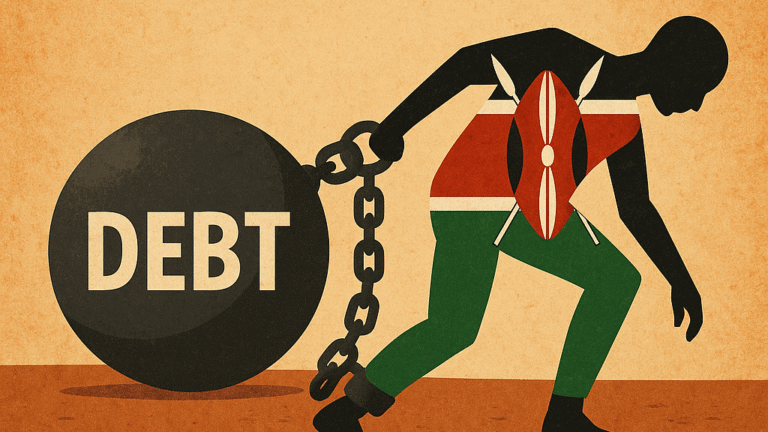
The launching of the Hustler Fund by President William Ruto in November 2022 was viewed by many Kenyans as a new and ambitious move to lift off the millions who have been excluded from the formal credit frameworks.
Providing cheap and fast loans directly to mobile phones, the fund was expected to uplift small businesses, startups, and those with low income, since they are the same people who had been left out of economic prosperity tales in Kenya. Currently, in 2025, it is a mixed story.
The fund has become one of the most subscribed government financial schemes in the history of the country because over 26 million Kenyans have received loans worth over KSh 65 billion. Mobile accessibility was simple to implement, and it dashed the conventional barriers to banking and provided millions of people with a shot at monetary freedom.
However, behind these figures of success, there is something that is cause for concern. The fact that the poor people were to be the beneficiaries of the fund has been offset by the fact that the uptake among the wealthy Kenyans has increased.
Recent statistics reveal that 35.8 percent of the richest households visited the fund as opposed to 18.7 percent of the poorest groups of the population. The use of loans is overwhelmingly by the urban residents, accounting for 35.4 percent, whereas the risky portion of the informal economy, located mostly in rural Kenya, comprises just 24.2 percent of borrowers. Such disparity has called into question whether the fund is effectively being utilized as per its objective.
Worse still is the fast-growing repayment crisis. Currently, there are KSh 6 billion worth of loans at risk of defaulting as of mid-2025, which concerns more than 10 million borrowers. Experiments have also demonstrated the weaknesses of the system, such as disbursement of funds to the infants and the persons who do not exist, which exhibits the glaring loopholes the system has in its registration and approval mechanisms.
All this has been put to question due to the lack of legal means to collect the repayments, putting the sustainability of the fund in the long term at risk. There is not all gloom, though. Some 9 million of its borrowers are good-paying customers, which means that the Hustler Fund does serve a real need, so long as it is well-targeted.
A further KSh 300 million by the government has recently been added to keep the fund running, but even larger proposed growths have been scrapped as concerns over its viability grow. In order to make the Hustler Fund successful in the end, it is pressing to make improvements.
Strictening borrower verification, focusing on those who are really vulnerable, bettering the financial literacy of borrowers, and homemaking the legal recovery mechanisms are imperative actions. Otherwise, it is an otherwise a visionary program that can turn into a cost-draining yesteryear, not to mention one that left behind the people it was aiming to raise.
The Hustler Fund has huge potential left, yet time is running out to seal the cracks that are tearing the foundation before it is too late.

